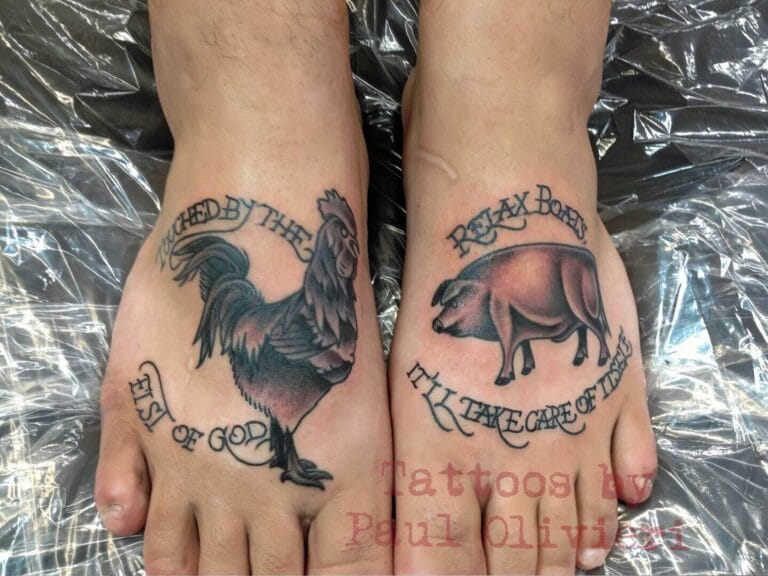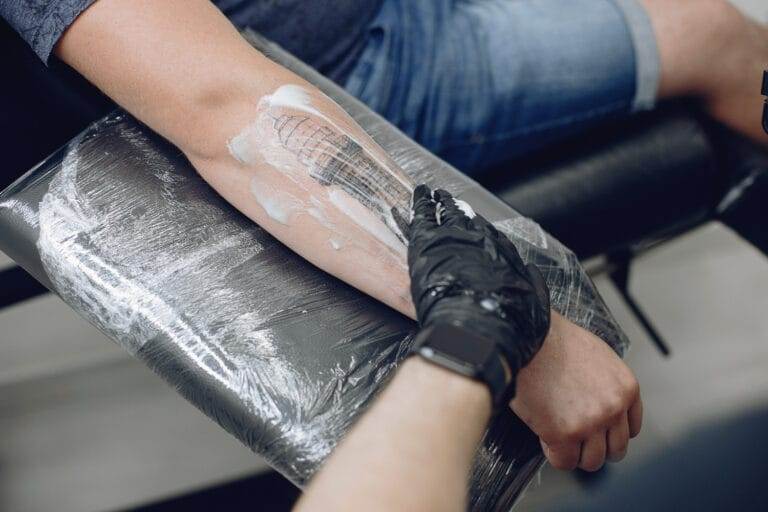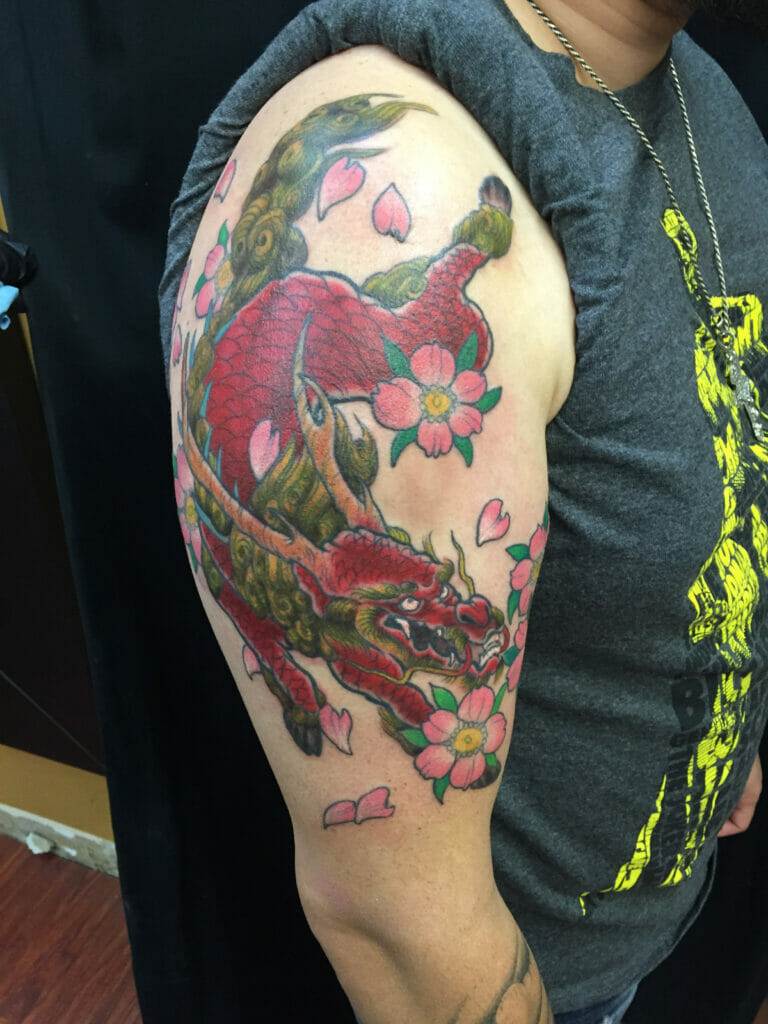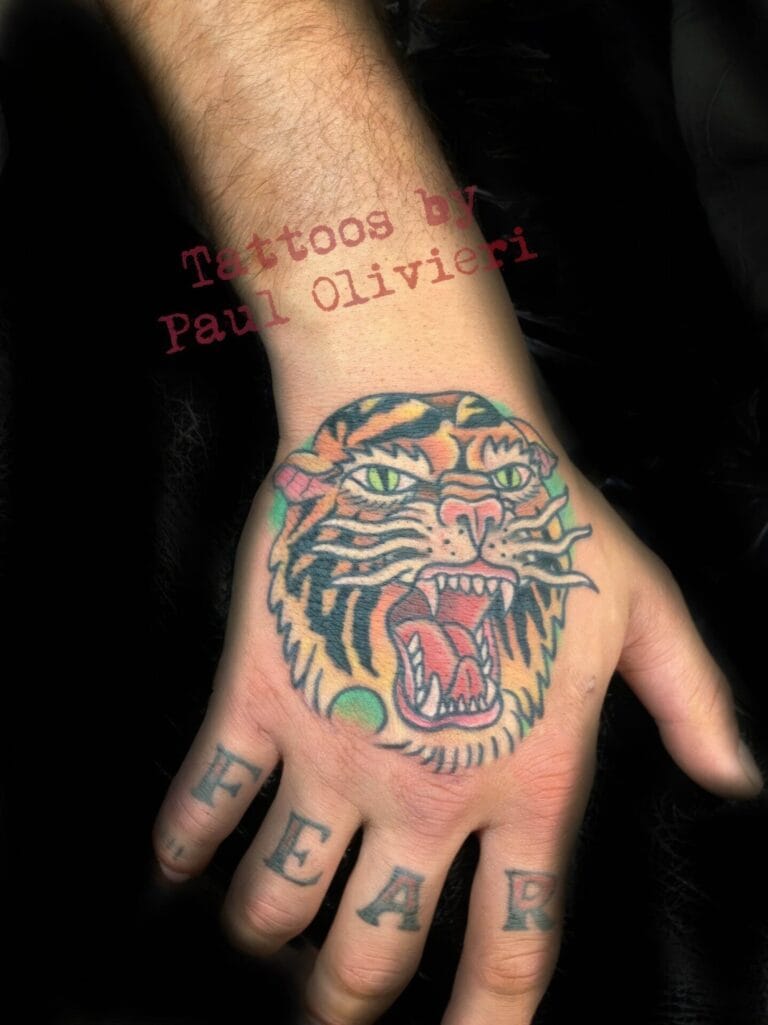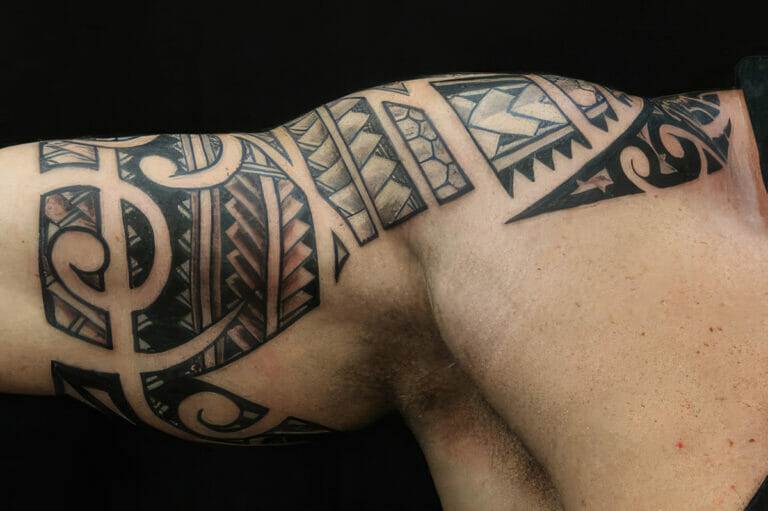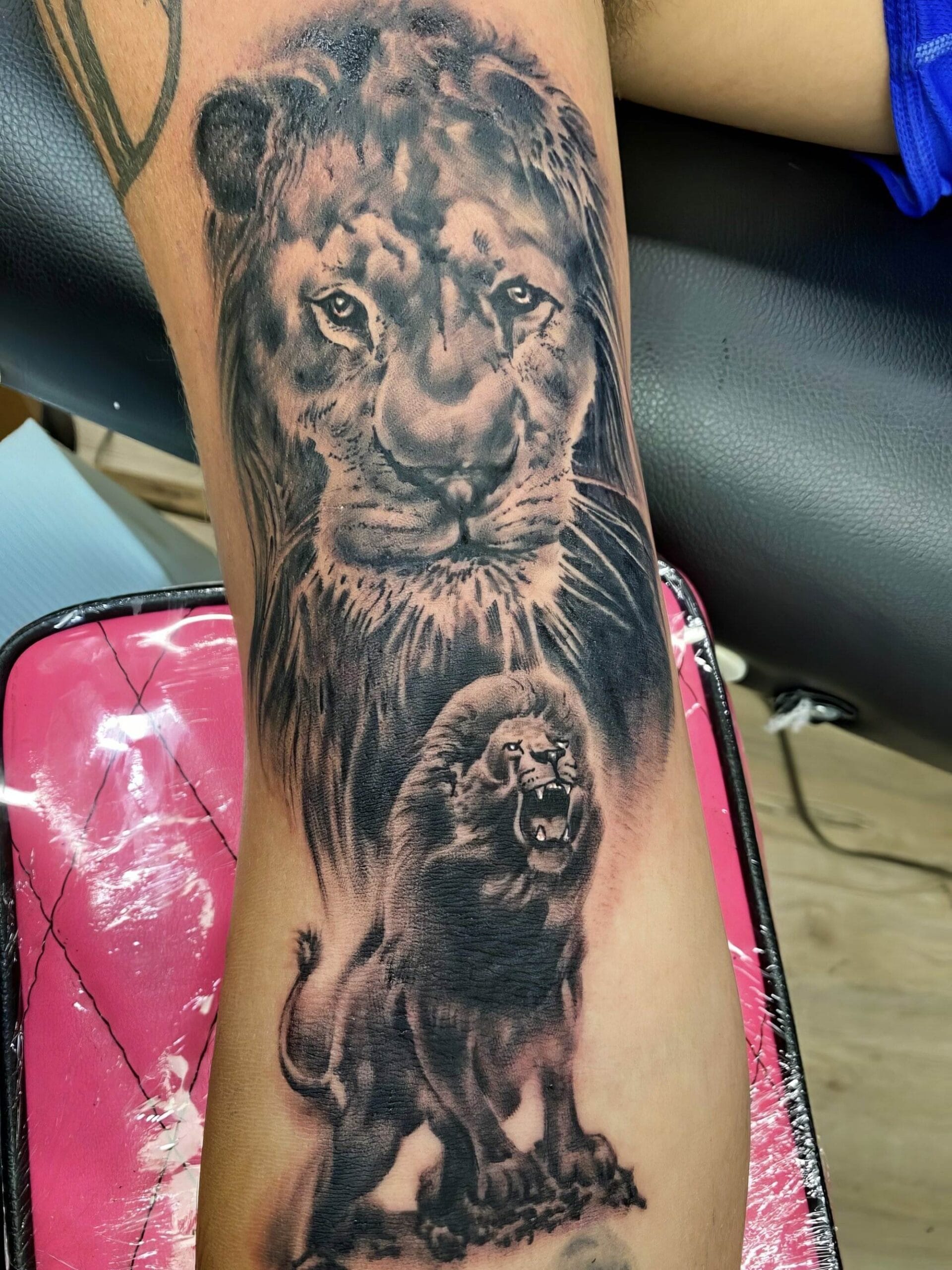
Black and grey realism is a captivating tattoo style that emphasizes lifelike representations through the use of varying shades of black ink. This technique relies heavily on the artist’s ability to manipulate light and shadow, creating depth and dimension that can make a tattoo appear almost photographic. The origins of this style can be traced back to traditional black and grey tattoos, which were often used by sailors and prisoners.
Over time, it has evolved into a sophisticated art form that appeals to a wide range of individuals seeking intricate designs that tell a story or capture a moment in time. The beauty of black and grey realism lies in its versatility. Artists can create everything from portraits to landscapes, animals, and abstract designs, all while maintaining a cohesive aesthetic.
The monochromatic palette allows for a focus on detail and texture, making it an ideal choice for those who appreciate the subtleties of shading and contrast. This style often evokes strong emotions, as it can capture the essence of a subject in a way that color tattoos sometimes cannot. As such, black and grey realism has gained immense popularity among tattoo enthusiasts who seek meaningful and visually striking body art.
Key Takeaways
- Black and grey realism tattoos use shading and depth to create lifelike images
- Choose a high-quality reference image with clear details and good contrast
- Master shading techniques to create realistic depth and dimension in your tattoo
- Select a tattoo artist with experience and skill in black and grey realism
- Proper aftercare is essential for preserving the quality of your black and grey realism tattoo
Choosing the Right Reference Image
Selecting the right reference image is crucial when considering a black and grey realism tattoo. The image should not only resonate with you personally but also lend itself well to the intricacies of shading and detail that this style demands. High-quality photographs are often the best choice, as they provide clear lines and textures that can be translated into tattoo form.
Whether it’s a portrait of a loved one, a beloved pet, or a scenic landscape, the reference image should evoke emotion and have significance in your life. When choosing an image, consider its composition and how it will fit on your body. A well-composed image will translate better into a tattoo, allowing the artist to capture the essence of the subject without losing important details.
Additionally, think about the size of the tattoo; larger pieces can accommodate more intricate details, while smaller tattoos may require simplification. Collaborating with your tattoo artist during this process can also yield valuable insights, as they can help you refine your choice to ensure it aligns with your vision for the final piece.
Mastering the Technique of Shading
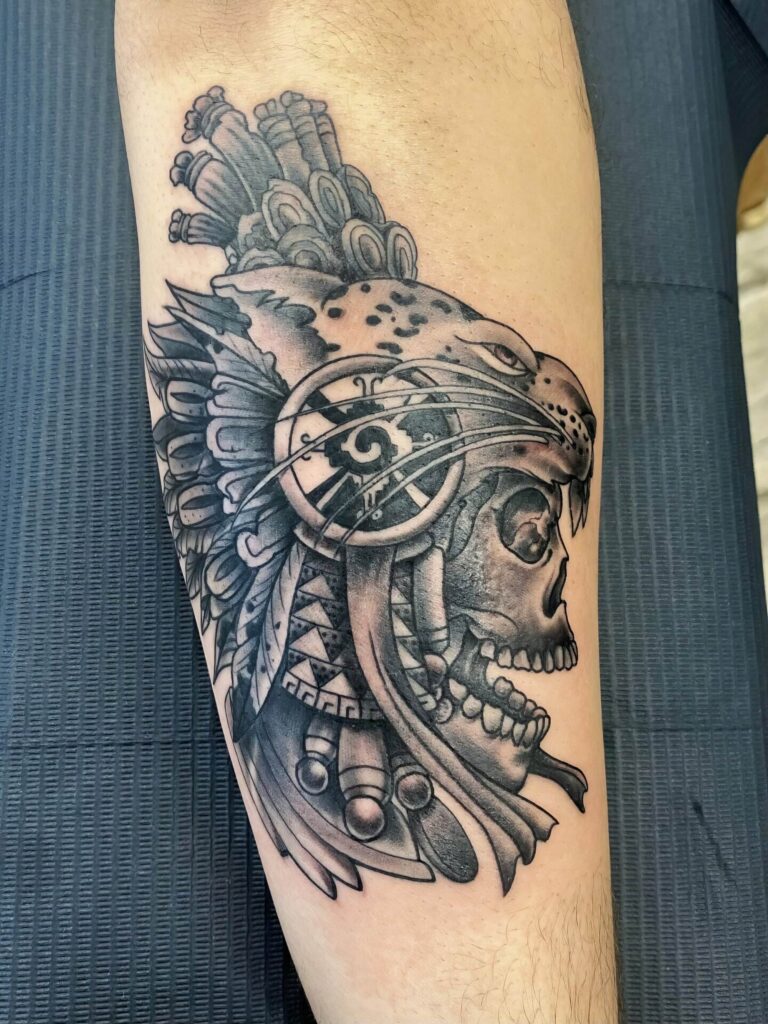
Shading is the cornerstone of black and grey realism, as it creates depth and dimension within the tattoo. Mastering this technique requires a deep understanding of light sources and how they interact with different surfaces. Artists often use various needle configurations and ink dilutions to achieve a range of shades, from deep blacks to soft greys.
The ability to blend these shades seamlessly is what sets skilled artists apart, allowing them to create lifelike images that seem to leap off the skin. In addition to technical skill, mastering shading also involves an artistic sensibility. Artists must be able to visualize how light falls on their subject and translate that into their work.
This requires not only practice but also an appreciation for the subtleties of form and texture. Many artists spend years honing their shading techniques, experimenting with different styles and approaches until they find what works best for them. The result is a tattoo that not only looks realistic but also captures the essence of the subject in a way that resonates with viewers.
Selecting the Right Tattoo Artist
Choosing the right tattoo artist is one of the most important steps in getting a black and grey realism tattoo. Not all artists specialize in this style, so it’s essential to do your research and find someone whose portfolio showcases their expertise in realism. Look for artists who have experience with similar designs and whose work reflects a high level of skill in shading and detail.
A strong portfolio will demonstrate their ability to create lifelike images that align with your vision. Once you’ve identified potential artists, consider scheduling consultations to discuss your ideas and gauge their understanding of your concept. A good artist will be open to collaboration, offering suggestions while also respecting your input.
Communication is key; ensure that you feel comfortable discussing your vision and any concerns you may have. Trusting your artist’s expertise will ultimately lead to a more satisfying tattoo experience, resulting in a piece that you will cherish for years to come.
Caring for Your Black and Grey Realism Tattoo
Proper aftercare is essential for maintaining the integrity of your black and grey realism tattoo. Immediately after getting inked, your artist will provide specific instructions tailored to your skin type and the size of your tattoo. Generally, keeping the area clean and moisturized is crucial during the healing process.
Use a gentle, fragrance-free soap to wash the tattooed area, followed by applying a thin layer of unscented lotion or ointment recommended by your artist. Avoid exposing your new tattoo to direct sunlight or soaking it in water for extended periods during the healing phase. Sun exposure can fade the ink, while excessive moisture can lead to infections or prolonged healing times.
As your tattoo heals, you may experience itching or peeling; resist the urge to scratch or pick at it, as this can damage the design. Following these aftercare guidelines will help ensure that your black and grey realism tattoo remains vibrant and true to its original form.
Incorporating Black and Grey Realism into Larger Pieces
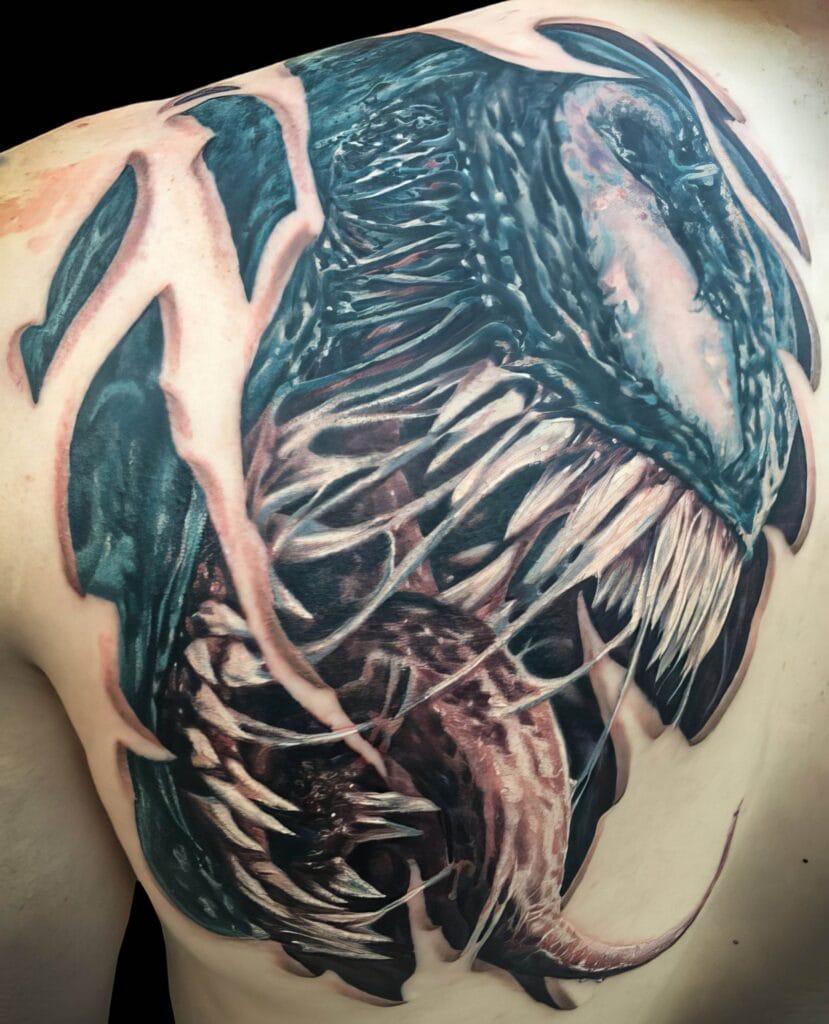
Black and grey realism can be seamlessly integrated into larger tattoo pieces, creating stunning compositions that tell a story or convey a theme. When planning a larger design, consider how different elements can interact with one another while maintaining a cohesive aesthetic. For instance, combining realistic portraits with floral elements or abstract shapes can create a dynamic visual experience that draws the eye across the entire piece.
Incorporating other styles alongside black and grey realism can also enhance the overall impact of your tattoo. For example, adding geometric patterns or watercolor elements can create contrast that highlights the realism of the central image. Collaborating with your tattoo artist during this process is essential; they can help you visualize how different components will work together while ensuring that each element complements rather than competes with one another.
Exploring Different Styles within Black and Grey Realism
While black and grey realism is often associated with lifelike portraits and detailed landscapes, there are numerous sub-styles within this genre that offer unique interpretations of realism. For instance, some artists may incorporate elements of surrealism or abstract art into their black and grey pieces, creating tattoos that challenge traditional notions of reality while still maintaining a sense of depth and dimension. Another popular sub-style is illustrative realism, which combines realistic imagery with illustrative techniques such as line work or stippling.
This approach allows for greater artistic expression while still adhering to the principles of realism. Exploring these different styles can help you find inspiration for your own tattoo design, allowing you to create a piece that is not only visually striking but also uniquely yours.
Pushing the Boundaries of Black and Grey Realism: 3D Effects and Surrealism
As tattoo artistry continues to evolve, many artists are pushing the boundaries of black and grey realism by incorporating 3D effects and surreal elements into their work. 3D tattoos create an illusion of depth that can make images appear as though they are popping off the skin. This technique requires advanced shading skills and an understanding of perspective, allowing artists to create mind-bending designs that captivate viewers.
Surrealism within black and grey realism offers another avenue for creative expression. By blending realistic elements with dreamlike imagery or fantastical themes, artists can create tattoos that evoke emotion while challenging perceptions of reality. This fusion allows for limitless possibilities in design, enabling individuals to express their unique narratives through body art.
As artists continue to experiment with these techniques, black and grey realism remains an ever-evolving genre that captivates both tattoo enthusiasts and casual observers alike.
FAQs
What is black and grey realism in tattooing?
Black and grey realism is a style of tattooing that focuses on creating photorealistic images using only black and grey ink. This style often involves shading and fine details to create a three-dimensional, lifelike appearance.
What are the key elements of creating stunning black and grey realism tattoos?
Key elements of creating stunning black and grey realism tattoos include mastering shading techniques, understanding light and shadow, and paying attention to fine details. Artists also need to have a strong understanding of human anatomy to create realistic depictions of subjects.
What are some popular subjects for black and grey realism tattoos?
Popular subjects for black and grey realism tattoos include portraits, wildlife, landscapes, and religious imagery. This style is often used to create highly detailed and lifelike representations of these subjects.
What are some tips for maintaining the quality of black and grey realism tattoos?
To maintain the quality of black and grey realism tattoos, it’s important to protect them from sun exposure, moisturize the skin regularly, and avoid picking at any scabbing during the healing process. Additionally, regular touch-ups may be needed to keep the tattoo looking its best over time.
What should I look for in a tattoo artist specializing in black and grey realism?
When looking for a tattoo artist specializing in black and grey realism, it’s important to review their portfolio to ensure they have experience and skill in this style. Additionally, consider their attention to detail, ability to create smooth shading, and overall understanding of realism in tattooing.

